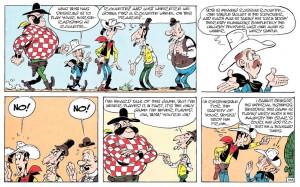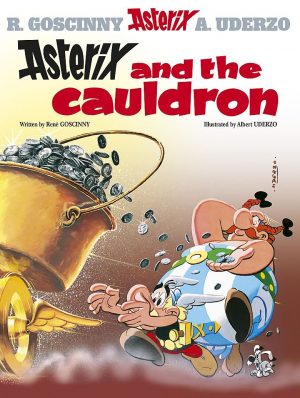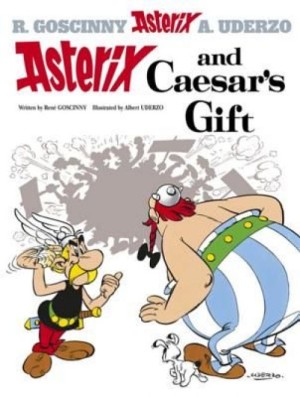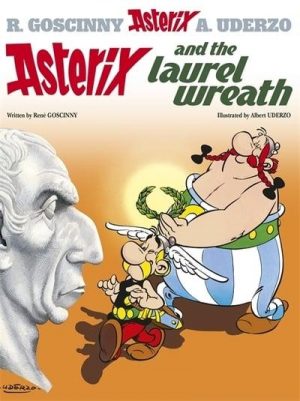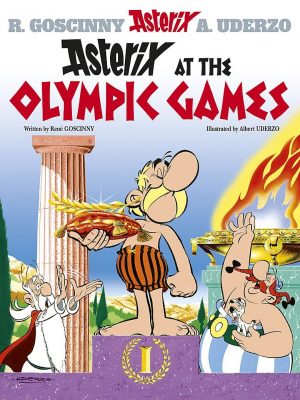Review by Roy Boyd
The Grand Duke, by artist Maurice de Beverè, aka Morris, and writer René (Asterix) Goscinny, is the fortieth Lucky Luke book, though that doesn’t really mean a great deal as Luke jumps all over the nineteenth century.
As is often the case, Goscinny shows his love of research with yet another story based loosely upon a historical figure, the Russian Grand Duke Alexei Alexandrovich, and his 1870-71 American tour. Taking that as the basis, Goscinny has his Russian diplomat, the Grand Duke Leonid, determined to enjoy all that America has to offer, which is based on what the Duke has gleaned from James Fenimore Cooper novels and the like.
Accompanied by his aide-de-camp, Colonel Fedor Mikhailovich Boulenkov, and an unwilling bodyguard in the shape of our gun-slinging hero Lucky Luke, the trio intend to begin their tour in trouble-filled Abilene. And before they even set off, matters are complicated further by the appearance of a black hatted and be-cloaked Russian spy (but of course) who attempts to assassinate the Duke.
Travelling incognito as ‘Fred’ and ‘Bob’, the Russian pair repeatedly avoid any exposure whatsoever to the trials and tribulations of the Wild West, as Luke goes ahead to prepare the way for their passage. This involves, among other things, inadvertently starting a gold rush, and turning another town into a ghost town in the process, as well as enlisting the US Cavalry to disguise themselves as native Americans and attack our trio. The plot is also liberally sprinkled with failed, and inevitably spectacularly explosive, attempts on the life of the Duke and his travelling companions by their Spy versus Spy-flavoured nemesis.
The book is jammed with incident, and writer and artist Morris are both clearly having lots of fun with the subject matter. Goscinny is able to play with language more than most books in this series, and we can enjoy the type of humour normally reserved for the Asterix books, as the diminutive Colonel Boulenkov frequently and amusingly mangles the English language (‘horses’ become ‘horse radishes’, for example). And Morris rises admirably to the challenge, with all the explosions given as much attention as one could hope for, and some night-time scenes particularly effective.

